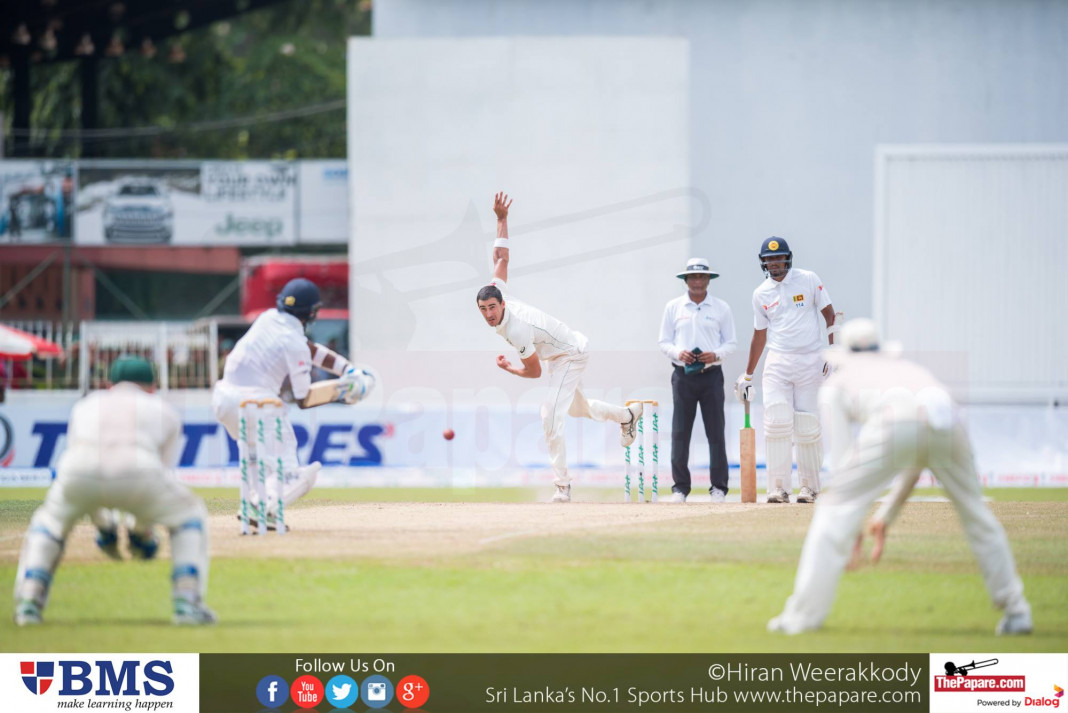In most sports, individuals or teams compete against each other on equal conditions. However in cricket, there are numerous instances where one side is at an advantage due to conditions favouring it.
In team sports like Football, Rugby, Hockey, Volleyball, Basketball and individual sports like Tennis, Badminton, Table Tennis and Squash, teams and individuals are pitted against each other where the playing surfaces and the conditions apply equally to both sides. However, in these sports if one half of the playing surface is different to the other, this is negated by the teams or individuals having to switch sides at half time. The only advantage a side could have is when there is a strong blowing down the ground, enabling a kick in Rugby or Soccer to go a greater distance and makes it less tiring for players running with the wind. In athletics, in rare instances a sudden burst of wind from behind could assist a long jumper, triple jumper or a pole vaulter to gain an advantage.
In team sports other than cricket, a player who is injured on the field can be replaced by another player who can participate fully in every aspect of that game. However in cricket, if a player is injured, a substitute is permitted but he can only field and not bat or bowl. This is a disadvantage to the injured player’s team.
Let me analyze the situations in which conditions give a team a distinct advantage over their opponents. When a team bats first on a turf wicket, if there is moisture on the wicket which has not dried out fully, the ball seams off the pitch, making batting a difficult proposition. This can lead to a batting side being bowled out for a low score. By the time the opponents bat, the wicket would have dried out sufficiently to make batting much easier. In the longer game, a side can win the toss on a bright sunny day and decide to bat, which enables them to get a competitive score, as there is not much help for the bowlers in the air or off the pitch. The next day there can be a complete change in conditions where it gets cloudy and cooler, whereby the ball swings in the air, making batting more difficult.
As the long game progresses, there is bound to be wear and tear on the wicket due to the ball consistently pitching on the wicket, batsmen running on the wicket and the bowlers causing footmarks which all assist spin bowlers to take advantage. There are also instances where on a particular day there can be a stiffer breeze which enables both fast bowlers and spinners to exploit the conditions. If rain has interrupted play, although the wicket is covered, due to sweating under the covers the pitch freshens up giving an advantage to fast bowlers to seam the ball. It also assists spin bowlers, as during the drying up process the ball grips the surface and tends to take spin. After rain, the wet outfield also causes the ball to get wet making it difficult for bowlers to grip the ball. Fielders too are hampered by the wet outfield due to slippery conditions under foot. In limited overs day-night cricket, the side that fields under lights at times encounters dew, due to which bowlers find it difficult to grip the ball which hampers their performance. In a limited overs game where the innings of a side batting first is shortened due to rain, the side batting second has a distinct advantage where they know the target score calculated on the Duckworth-Lewis Method and bat accordingly.
From the facts I have mentioned above, it can be seen that in cricket, unlike in most sports, varying conditions could give a side a distinct advantage. Therefore in cricket one has not only to battle against the opponents but also overcome the varying conditions in order to get the better of their opponents. This is why cricket is such a unique game when compared with other sports.




















